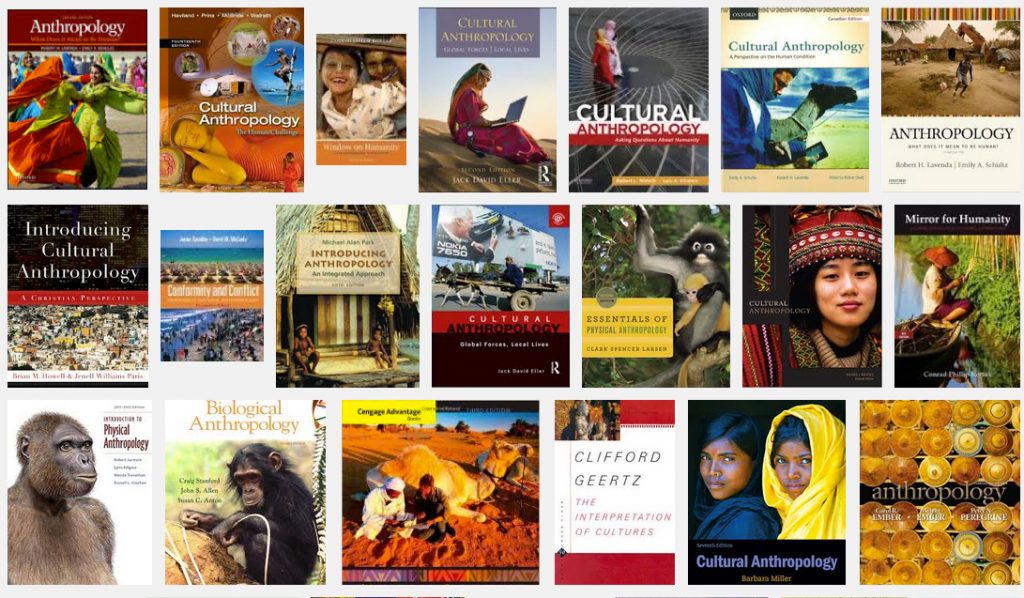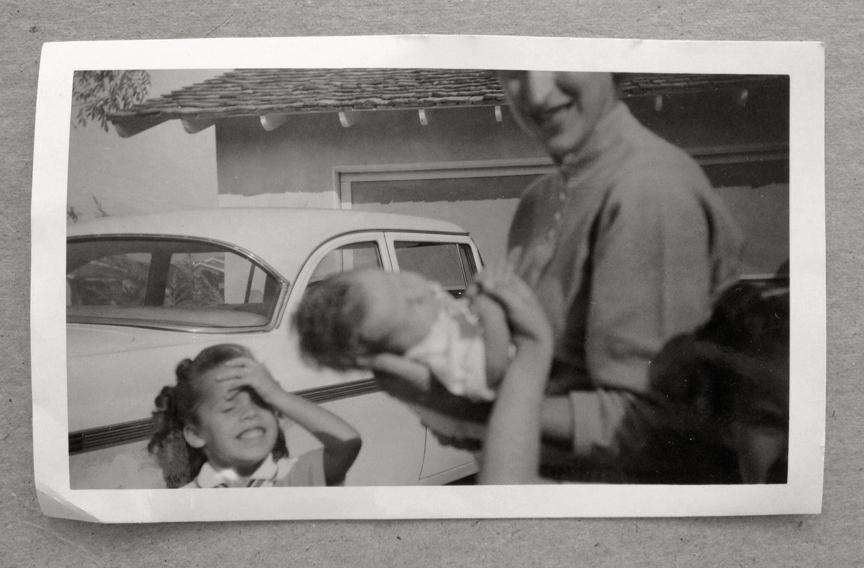This is the third post in my series on the definition of “ethnographic film.” In the first post I laid out the basic approach I am using: one based on Umberto Eco’s model of listing a “family of resemblances” rather than offering a strict test of a film’s “ethnographicness.” In the second post I showed how this would work in practice, based on a rough sketch of the “family of resemblances” I will be outlining in more detail here.
Before I do that, however, I’d like to take a moment to point readers to Carole McGranahan’s 2012 post “What Makes Something Ethnographic?” There she provides a list of nine features generated by her class. One of the points of she makes is that these features are constantly changing and evolving. This is why, in defining ethnographic film, I chose to dodge the bullet by avoiding the question altogether! Letting others deal with that problem is the easy way out, I don’t deny it; but it also allows me to articulate a definition that can change along with the discipline. Looking back at previous attempts to define ethnographic film, many of them strike me as having been dated before the ink even dried on the paper. Hopefully this more flexible approach can avoid that fate.
And now on to the list! If you feel I missed an important feature, or overlooked something, please let me know in the comments. Continue reading



